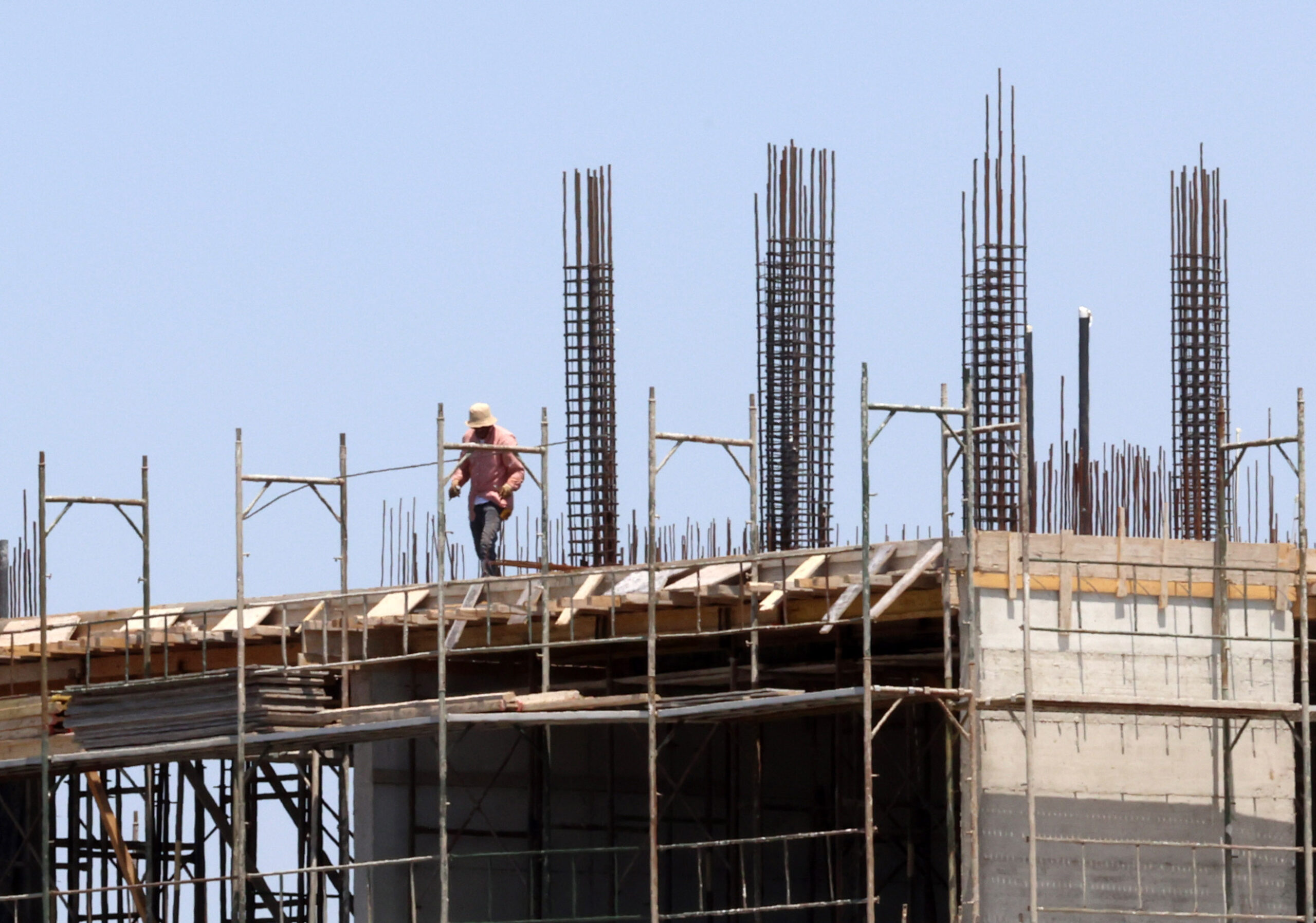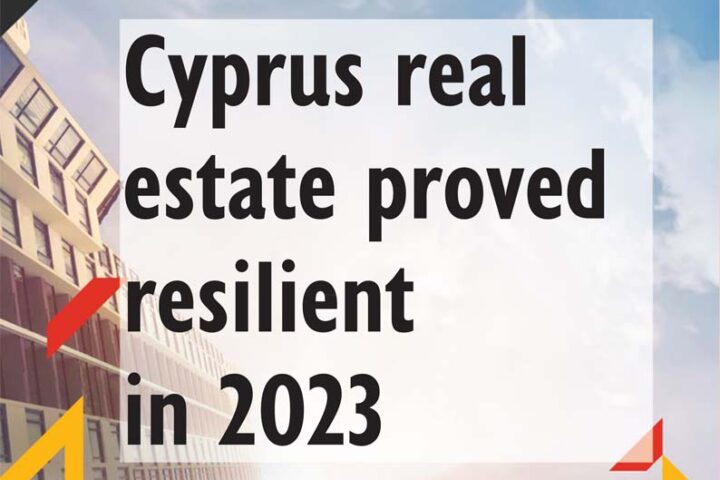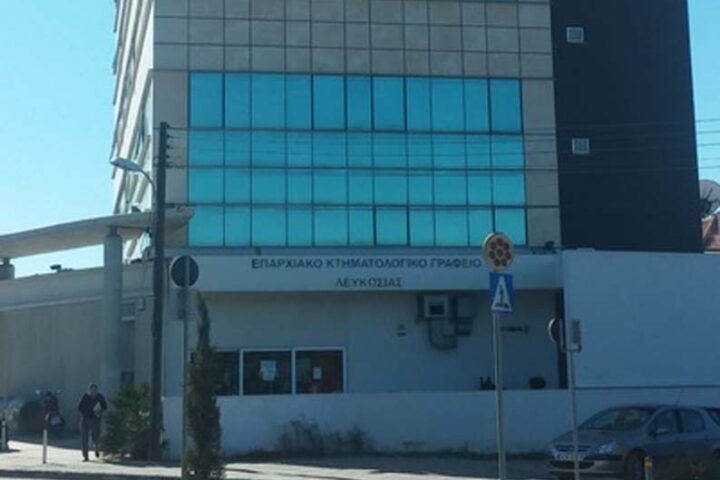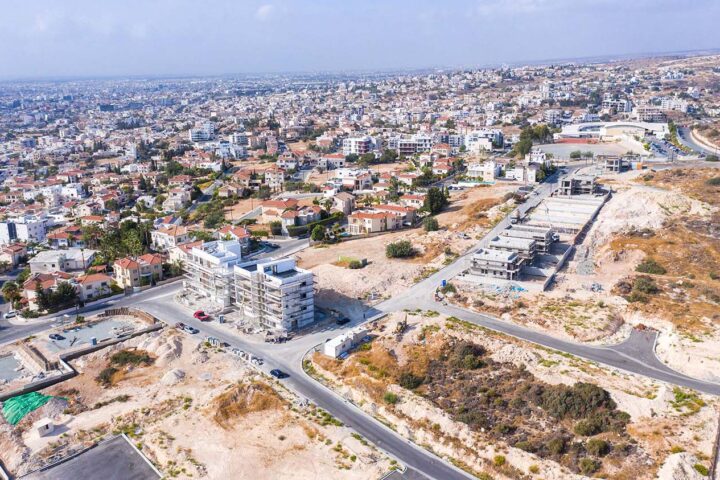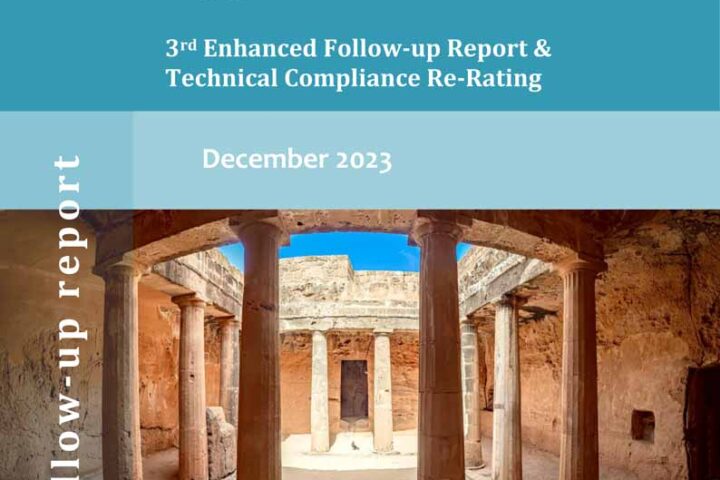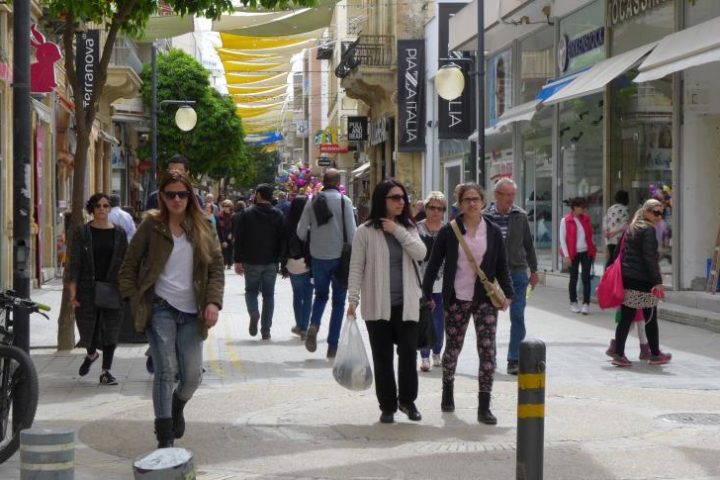The Cyprus real estate market recorded an upswing during the first quarter of 2023, with prices continuing to rise, particularly for flats, driven by increased demand.
According to data published Tuesday by the Central Bank of Cyprus (CBC), the Residential Property Price Index (RPPI) showed a significant acceleration compared to previous quarters.
Indicators for property sales and demand in Q1 confirm the surge in housing demand.
Figures from the Department of Land and Surveys report a substantial year-on-year increase in residential property demand.
Foreign buyers accounted for the most substantial annual growth, representing approximately half of the total buyers in 2022 and for Q1.
Simultaneously, the rate of construction cost escalation seems to be stabilising compared to 2021-2022, which saw remarkably high growth rates.
The annual increase in the RPPI in Limassol and Larnaca is showing acceleration, while in the Paphos district, despite a slowing trajectory, the percentage of residential property price growth remains high.
Even with the rise in the European Central Bank’s key interest rates and the consequent decrease in demand for mortgages in Q1 2023, domestic property demand seems to have been only minimally affected as it continues to record growth.
Property prices
The RPPI for houses and apartments during Q1 recorded a quarterly rise of 2.1% from 1.6% in the previous quarter.
This increase stems from a 2.3% rise in apartment prices and a 1.7% increase in house prices compared to the preceding quarter.
Annually, there was also a surge in residential property prices by 7.7% from 6.6% in Q4 2022.
Apartment prices during the quarter registered an annual growth of 8.4%, while house prices rose by 6.6%.
Residential property prices saw quarterly growth in all districts.
Nicosia recorded a 1.3% increase, Limassol +2.9%, Larnaca +2.6%, Paphos +0.3%, and Famagusta +2.3%.
As for the annual changes in property price indices by district, there were increases in all districts for the sixth consecutive quarter.
Nicosia’s property prices rose by 4.3%, Limassol by 10.6%, Larnaca by 7.7%, Paphos by 6.8%, and Famagusta by 4%.
Quarterly, house prices increased in all districts except for Paphos.
Nicosia house prices rose by 1.3%, Limassol by 2.8%, Larnaca by 2.2%, and Famagusta by 2.9%, while Paphos experienced a decline of 1.1%.
Annually, house prices saw growth in all districts.
House prices in Nicosia, Limassol, Larnaca, Paphos, and Famagusta increased by 4.2%, 9.4%, 5.8%, 5.7%, and 5%, respectively.
As for apartment prices quarterly, an increase was recorded in all districts.
Nicosia apartment prices rose by 1.4%, Limassol by 2.4%, Larnaca by 3.5%, Paphos by 4.3%, and Famagusta by 1.2%.
Annually, apartment prices grew in all districts for the seventh consecutive quarter.
In Q1 2023, Nicosia apartment prices increased by 4.4%, Limassol by 10.4%, Larnaca by 12.3%, Paphos by 10.3%, and Famagusta by 2.4%, compared to Q1 2022.
Foreign buyers
According to the latest Department of Land and Surveys (DLS) data, property sale documents continued to rise by 18.8% annually, reaching 3,574 from 3,009 last year.
This reflects the increased demand for properties.
There was a big increase of 33.6% annually in properties sold to foreign buyers (1,706 from 1,277), primarily from countries outside the EU.
Additionally, the number of properties sold to domestic buyers rose 7.9% annually (1,868 from 1,732).
This surge in sales documents to foreign buyers is mainly attributed to the “headquartering policy,” which attracts foreign professionals from Russia, Israel, Ukraine, the United Kingdom, Lebanon, and Belarus.
After six consecutive quarters of annual decline, the construction index recorded a 5.5% increase in Q1.

